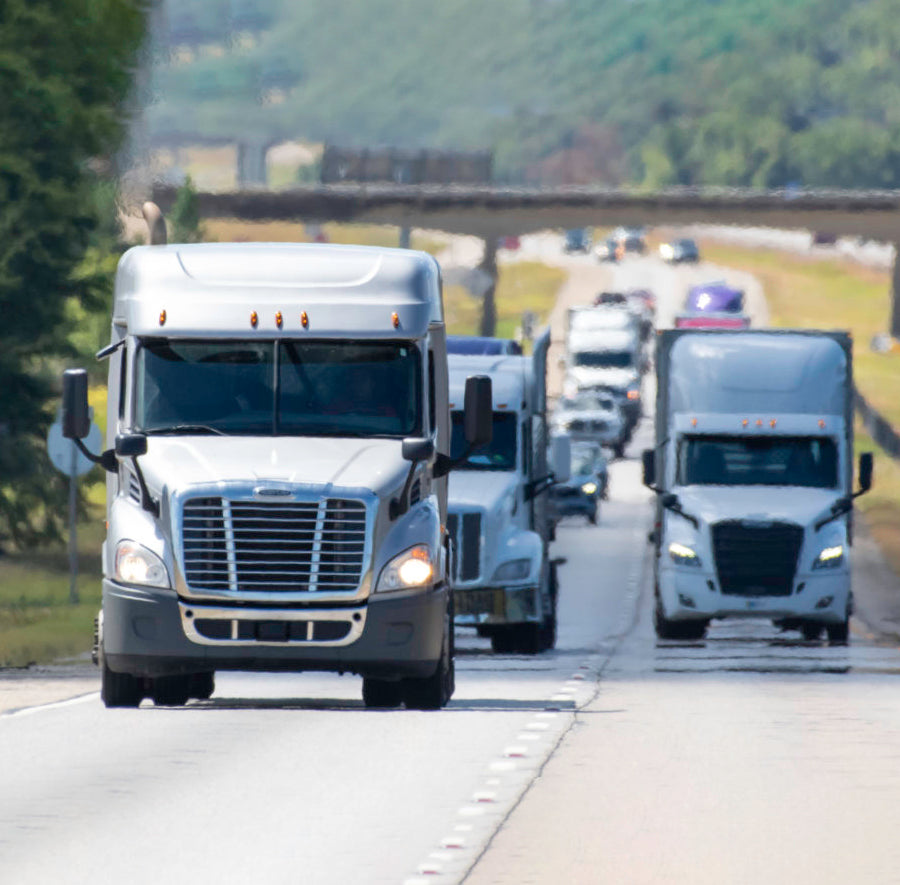3 Supply Chain Challenges Artificial Intelligence is Solving

In recent years, technological advancements such as automation, connectivity, and data analytics have provided the industry with the opportunity to achieve real breakthroughs. However, the industry is lagging behind in digital fitness and is jeopardizing adoption. Notably, new technology-driven entrants are innovating to fill gaps and carve out their own niches in the value chain at breakneck speed. One field that is at the forefront of this innovation is artificial intelligence (AI). Artificial intelligence has the potential to revolutionize all functions of supply chain management by enabling organizations to optimize processes, reduce costs, and increase efficiency.
This article is the first in a two-part series on how AI can solve and alleviate major trucking industry challenges. In this part, three challenges are detailed and AI-driven solutions are highlighted.
Driver Hiring and Retention
Driver shortages have been a chronic challenge for the trucking industry since the Great Recession of 2008. The American Trucking Association (ATA) expects the driver shortage to soar from 60K in 2021 to 160K in 2030. Compensating for retirement and voluntary career changes, retaining and maximizing the productivity of existing drivers has become critical.
Using AI for route planning and driver scheduling can increase utilization and free up drivers to focus on the driving aspect of their job. Hesitant early adoption has given way to a frenzied embrace of Advanced Driver Assistance Systems (ADAS) to detect and prevent accidents, monitor driver performance, and warn of issues such as fatigue to improve driving safety. In the long run, analyzing the factors that drive drivers to quit can improve the employee experience and reduce turnover. In an industry that not so long ago relied on paper-based processes and newspaper ads for recruitment marketing, drivers are now interacting with NLP chatbots and simulated driving tools to help with everything from recruiting to onboarding to day-to-day driver support. NFI Industries, Inc.
Supply and demand matching
Digital Freight Matching is an AI-enabled capability that simplifies the freight journey through end-to-end digitization. The load capacity matching process is automated through machine learning based on shipment requirements (OD pair, truck type, insurance, service), the bidding process is automated through communication technologies (EDI, API), and tracking facilitates real-time visibility during execution. AI can also predict future demand, facilitate capacity positioning to match demand, and design continuous movement based on available load. The matching of available capacity to demand is improved, maximizing asset utilization, minimizing idle miles and improving capacity relocation.
Dynamic ETA
While systems are still evolving towards real-time updates, artificial intelligence (AI) is helping to ease this shift by calculating ETAs on the fly, using scientific methods to generate real-time forecasts through complex algorithms. The AI uses a variety of real-time data inputs including, but not limited to, historical pattern tracking, GPS information, on-board computer (OBC) data, driver data, EDI updates, equipment performance and maintenance information. Because the data is so specific, AI models can make more accurate and relevant predictions for different locations of operations based on inventory patterns, driver behavior, truck times, and geolocation data, among other things. As seasons or patterns change,
"These dynamic AI-based ETA calculations improve receiving efficiency, accuracy of outbound fulfillment wave runs, store delivery speed, and e-commerce sales and customer experience."
With exciting advances in autonomous trucks, the Internet of Things (IoT), drone-based fulfillment, and blockchain on the verge of breakthrough and commercialization, the future is bright.




Leave a comment